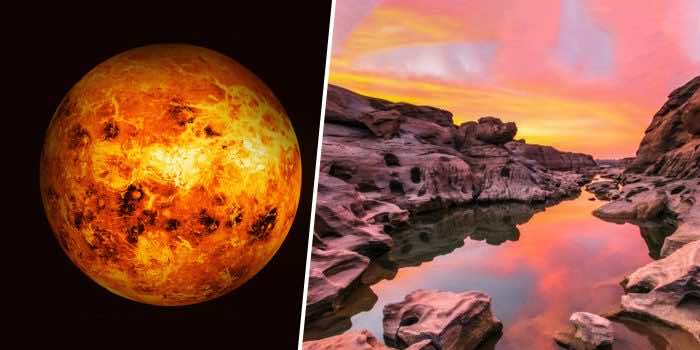Venus is the warmest planet in the Solar System and the second closest to the Sun. Because of its comparable size and density to Earth, astronomers often regard it as the planet’s doppelganger. NASA astronomer Alex Howe of Goddard Space Flight Centre outlined a novel proposal to make Venus a sustainable planet for living beings in a manuscript that has yet to be peer-reviewed. This, however, entails surrounding the entire planet in a massive shell that will contain Venus’s hazardous environment below while allowing scientists to develop a habitable world beyond. He says in a statement that the desire to colonize Venus stems mostly from a desire for exploring space and that it would most probably require 200 years to accomplish.

He mentioned that such a layer may be constructed from locally manufactured elements that would hover above the environment utilizing nitrogen gas to raise them. Engineers would be capable of building a breathable environment this way. Except for a little quantity of water, there’d be no need for excessive bulk importing or exporting. The report also analyzed the suggested method’s technical, logistical, and energy needs. He went on to say that robotic missions would initially vacuum up the Venusian environment and preserve oxygen for subsequent settlement, while carbon dioxide would be used to manufacture cast panels as large as a common wall. “Venus has remarkable persisting, inexplicable atmospheric abnormalities,” Seager explains. “It leaves the door open to the potential of life.”
Scientists also revealed that certain igneous rocks on Venus may still be burning, owing to the planet’s reddish surface, severely crushed mountains, and dozens of enormous volcanoes. Moreover, the planet’s shattering air pressure at its surface is comparable to the pressure experienced by a diver diving a mile beneath the ocean. It is so massive that it is thought to be more than 90 times the size of Earth. NASA and other space organizations have long launched flights to Venus to examine it from orbit and on the surface, but only Soviet spacecraft have conducted the most effective surface landings. They did not, however, hang around long owing to the extreme heat and pressure.



